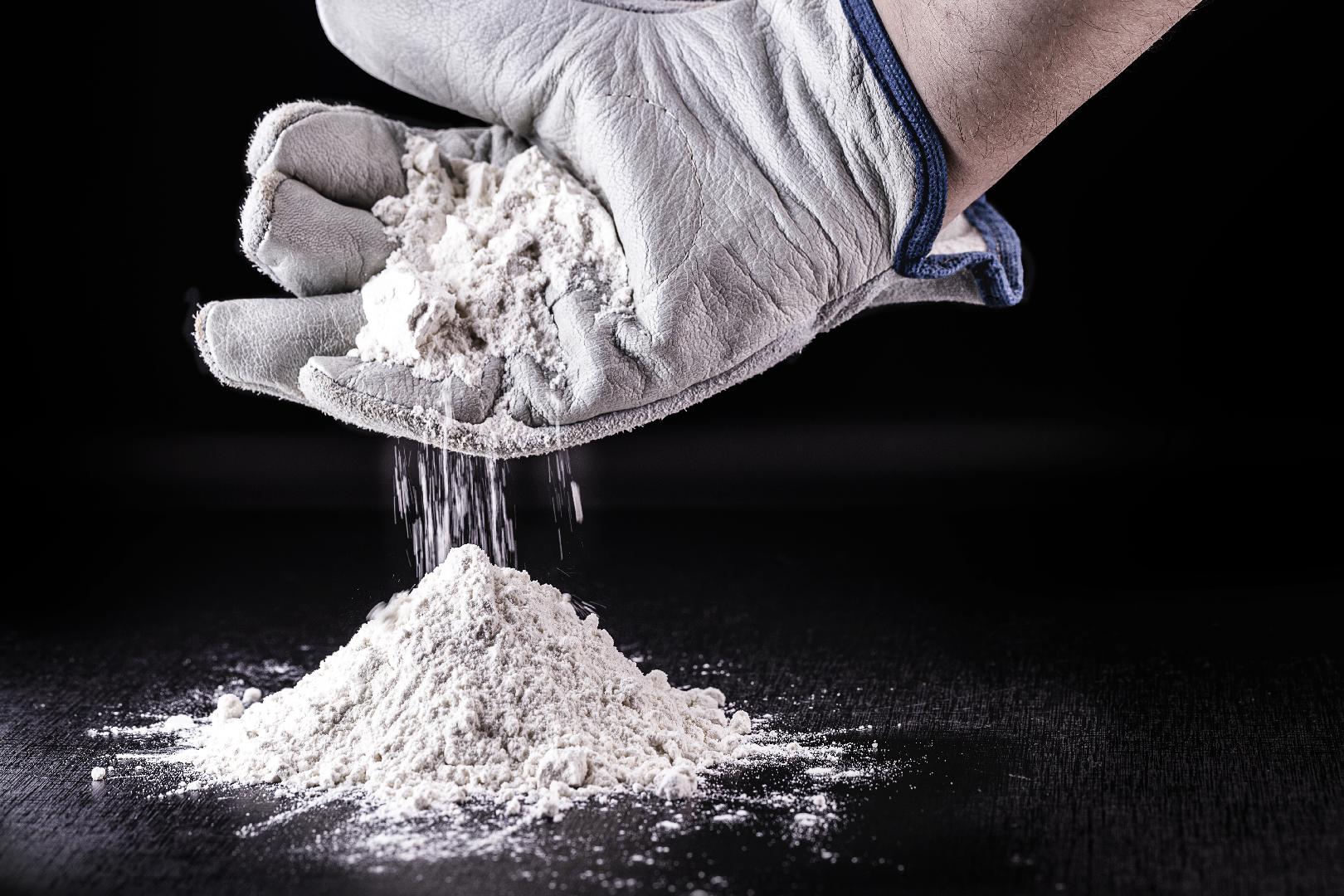Since then, the search to find a natural substitute for titanium dioxide has become very relevant, both in laboratories, companies and even at industry fairs and events.
But what, so far, are the alternatives to titanium dioxide as a pet food bleach?
The company Mintel carried out a study that found that the launches of new products with titanium dioxide began to decrease as early as 2019, even in the candy and snack market sector, the main users of this ingredient. This began with the suspicion that, sooner rather than later, this ingredient would be banned or at least discouraged in Europe (and it was).
Titanium dioxide is used, in most cases, as a whitening and opacifying agent to achieve uniform materials that allow colors to be added or altered. Mixing different proteins, grains, and vegetables in pet food base formulations often creates an unpleasant and uneven color, resulting in color inconsistencies in the final product. The bleaching agent is used for merely aesthetic reasons, where the products are intended to be more uniform, more attractive, and, therefore, more inviting to consumption.
The truth is that, nowadays, color (and everything visual, really) is an important differentiator when making a purchase decision: color, in the case of food, is usually associated with concepts such as fresh, healthy, wholesome, poor quality, as is the case with green for vegetables, red and brown for protein, or orange for squash and sweet potatoes. For example, a 2019 study by Sensient found that brightly colored food is up to 5 times more likely to be chosen than dull brown food.
However, and despite the benefits it may provide to the superficiality of the aesthetic, the EFSA concluded that the recurrent genotoxicity problems after the ingestion of titanium dioxide particles, determined in the latest studies, are important enough to restrict its use in pet food. And, although through oral intake, the absorption of titanium dioxide particles is low, they accumulate in the body. Thus, even though the evidence of toxic effects is not yet conclusive, we can't say that titanium dioxide Titanium is a safe component, free of side effects for animal consumption.
Alternatives to titanium dioxide
When we think of colors associated with pet food, orange, red, terracotta, and bright yellows come to mind... But none of them could exist without "the other color", the white resulting from the use of carbon dioxide titanium.
This ingredient is not limited only to the pet food industry but has been used in toothpaste formulas, sauces that must have a dairy appearance, or canned food.
What are the options for titanium dioxide today?
Starch-based options
The starch-based options with the biggest presence are rice or corn; they can be used as opaque agents in certain cases, such as soups and sauces to achieve a "creamy" look or to create opaque confections. Those who have tried it affirm that the effect is not the same as that achieved with titanium dioxide, but it is similar.
Rice starch
Another alternative is rice starch. Its pros: it is cheap and achieves a similar effect. Cons: It can retain more moisture and thicken, making it useless for working in large quantities. Those who produce and promote it claim that it is especially suitable for smooth, white, and shiny finishes (because of its small particles).
Small grain native cereal starch
Native wheat starch is another option to deal with the new regulations. It is an alternative that achieves the same effects as titanium dioxide, while it's a natural and renewable raw material. This type of starch is dispersible, fluid, with a neutral flavor, and digestible. Each starch granule is less than 10 μm, so it includes ten-more-time particles than conventional corn or wheat starch in the same volume.
Calcium carbonate
Calcium carbonate is a natural, bright white, microcrystalline mineral. In addition to its whitening properties, it provides calcium and strengthens the bone system. However, in specific cases, calcium carbonate can affect the consistency and texture of the final product. Also, its use with pHs below around 3.0 is not advised. Another drawback is that its particle size is much larger than titanium dioxide, and its chemical structure makes it less effective at reflecting light.
Although not the same as titanium dioxide, it is a successful choice for uses as a white coating on candies and a clouding agent in sauces and soups. Calcium carbonate is allowed as a food colorant in the EU, US, Australia, and New Zealand.
Conclusion
While the ban on titanium dioxide only relates to Europe, for now, all markets need to start researching and looking for alternatives to a product that is discouraged due to potentially significant side effects.
Thus, if we add to this the growing demand from customers and consumers to have more natural ingredients in their pet food, the popularity of new ingredients such as rice starch, for example, will only grow. Other suppliers are already encouraged to combine starches with minerals to optimize the functionality of this component.
According to Commission Regulation (EU), 2022/63, foods and beverages containing titanium dioxide can be marketed until August 7, 2022, and can remain on the market until their expiration date. After August 7, the additive will no longer be allowed in EU food manufacturing or imports to the European market.
Considering the market news, there is no doubt that, in Latin America, we must start moving towards a pet food industry free of titanium dioxide and look for alternatives that are just as profitable and effective, but safer and more natural.
Source: All Pet Food
You could be interested: Functional properties of spray dried plasma (Part 4)
About author
María Candelaria CarbajoI’m a creative, interdisciplinary person, translator, and editor. I collaborate in producing and writing creative, high-impact projects to promote cultural exchange, transmit differential values, and connect with people/the audience. Likewise, I enjoy teamwork and joining forces, experiences, and knowledge to bring the world all the potential of those ideas that seek to impact people’s lives positively.
About author
Luciana ChippanoI am Luciana Chippano, I accompany digital business owners in Latin America to grow by boosting their sales with the most powerful tool: communication. I am CEO and founder of the first academy of Copywriting and strategic digital communication in Latin America. And from there I accompany business owners with personalized mentoring, workshops, courses and advanced training to optimize their communication and sell more.
Micro Ingredients
02/11/2023


































